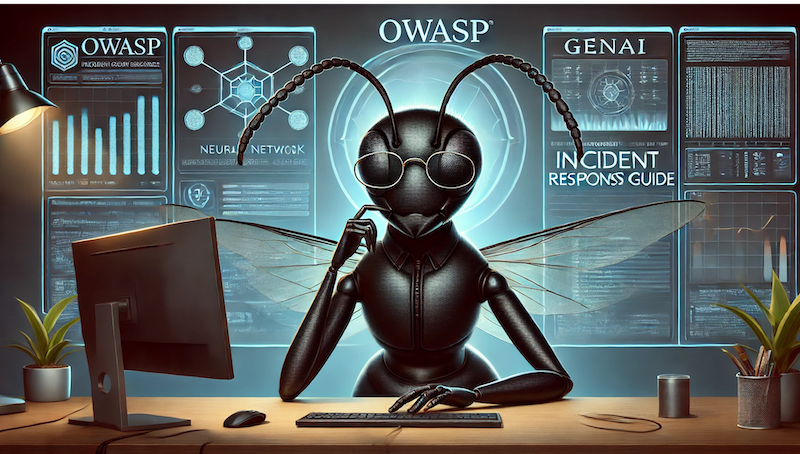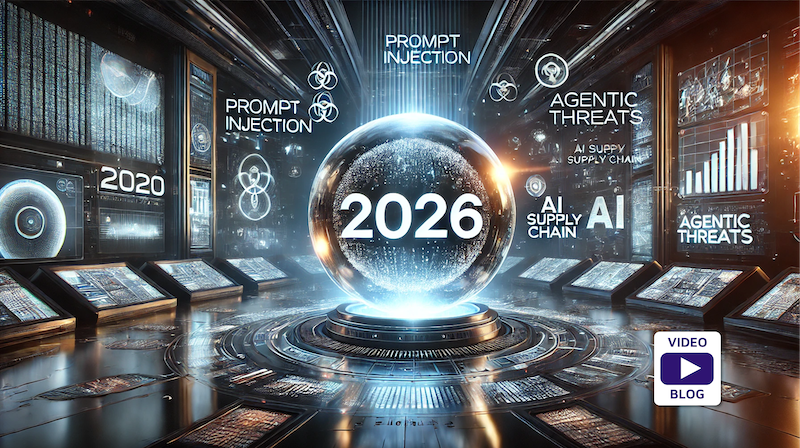Over the past year, security teams’ approach to AI security has shifted dramatically. The early days of generative AI adoption were full of exploration, uncertainty, and high-level discussions about risks and opportunities. For many CISOs, AI security was novel—something separate from the rest of their program, often discussed in theory more than in practice.
That’s changing.
“We are starting to see security teams knowing a bit more of what they want for AI security,” said Jeremy D’Hoinne, VP Analyst at Gartner, in a recent discussion with PointGuard AI. “A year ago, most of my calls around AI were with CIOs trying to understand the bigger picture. Now I talk more with CISOs who are tasked with implementing AI security controls. We’re moving past the period when AI is viewed as something special. Now we need to apply our existing best practices first, and then we acknowledge that we also need specialized AI security controls.”
This evolution reflects a broader market maturity. AI is no longer the exotic outlier in the tech stack—it’s another powerful capability that must be secured alongside the rest of the enterprise environment. But it also brings a larger, more complex attack surface and new categories of risk, from prompt injection to agent abuse to malicious data poisoning. The challenge now is integrating AI-specific protections into proven security frameworks—while still addressing the unique threats AI introduces.
That’s where the new OWASP Generative AI Incident Response (GenAI IR) Guide 1.0 comes in.
Why a Dedicated AI Incident Response Framework?
Traditional incident response models provide strong foundations, but they were never designed to handle the intricacies of generative AI systems. Unlike conventional applications, AI systems:
- Produce non-deterministic outputs that vary even with identical inputs.
- Integrate with numerous APIs, plugins, and data sources—expanding the attack surface.
- May process sensitive or proprietary data during inference.
- Can develop emergent behaviors that defy pre-deployment testing.
The OWASP GenAI IR Guide adapts established IR practices to these realities—helping organizations detect, contain, and remediate AI-specific incidents while preserving operational continuity.
The OWASP GenAI IR Framework: Six Core Phases
The guide outlines six AI-focused phases:
1. Preparation
- Define what constitutes an “AI incident.”
- Train teams on attack types like prompt injection, model inversion, and data poisoning.
- Maintain up-to-date AI asset inventories and model documentation.
- Build escalation channels with AI service providers.
2. Detection & Analysis
- Watch for unexpected or anomalous AI outputs.
- Track changes in model performance and drift.
- Investigate unauthorized model access or abnormal agent behavior.
- Use red-teaming and adversarial testing to uncover issues proactively.
3. Containment
- Isolate compromised models, agents, or plugins.
- Roll back to secure model versions.
- Limit access to affected datasets.
- Apply “safe mode” prompts to reduce harmful outputs during investigation.
4. Eradication
- Patch vulnerabilities in prompt handling or integrations.
- Retrain or fine-tune models to remove malicious learning.
- Remove compromised data from training sets.
5. Recovery
- Gradually restore AI functionality under close monitoring.
- Validate outputs against expected norms.
- Re-run adversarial tests before full deployment.
6. Lessons Learned
- Document root cause and remediation.
- Update security policies and playbooks.
- Feed learnings into governance and secure AI development cycles.
What Makes This Guide Different
The GenAI IR Guide stands out because it:
- Describes AI-specific threat scenarios in detail.
- Aligns with existing frameworks like NIST, ISO, and the OWASP Top 10 for LLM Applications.
- Stresses cross-functional collaboration between security, legal, compliance, and data science.
- Encourages transparent communication with stakeholders and regulators after incidents.
Why It’s Timely
As Jeremy D’Hoinne noted, organizations are no longer treating AI security as an abstract problem. They’re ready to take specific, pragmatic steps—and incident response is one of the most pressing needs.
Threat actors are actively exploiting:
- The absence of AI-focused monitoring in many organizations.
- The difficulty of validating AI outputs at scale.
- Gaps in accountability when AI services span multiple vendors.
With regulations like the EU AI Act and the NIST AI RMF introducing stricter requirements, having a documented, AI-aware incident response process is becoming table stakes.
How PointGuard AI Brings the OWASP GenAI IR Guide to Life
PointGuard AI’s mission aligns closely with OWASP’s work to improve AI application security. We don’t just talk about these frameworks—we operationalize them for our customers.
Close Collaboration with OWASP
We actively participate in OWASP working groups and contribute to the AI security knowledge base, ensuring our methods and tools reflect the latest industry consensus.
OWASP Top 10 for LLM Applications Mapping
Our platform automatically maps findings to the OWASP Top 10 for LLM Applications, making it easy for teams to prioritize fixes and document compliance.
Contributing to the OWASP AI Testing Guide
We are partnering with OWASP to shape the upcoming AI Testing Guide, ensuring that testing methodologies are practical, scalable, and grounded in real-world scenarios.
End-to-End Incident Response Support
Our capabilities cover every phase of the OWASP GenAI IR framework:
- Preparation – AI asset discovery and threat modeling.
- Detection & Analysis – Continuous monitoring for anomalies and threats.
- Containment – Automated guardrail enforcement and isolation tools.
- Eradication – Secure retraining and patch workflows.
- Recovery – Post-incident validation with adversarial testing.
- Lessons Learned – Detailed reporting and governance integration.
With PointGuard AI, organizations move from reactive firefighting to proactive resilience, making the OWASP GenAI IR Guide a living, breathing part of their security program.
Final Thought:
The AI security conversation has matured. It’s no longer about “if” an AI incident will occur—it’s about “when” and “how well” you’ll be able to respond. OWASP has provided the playbook. PointGuard AI gives you the platform to execute it with speed, precision, and confidence.






